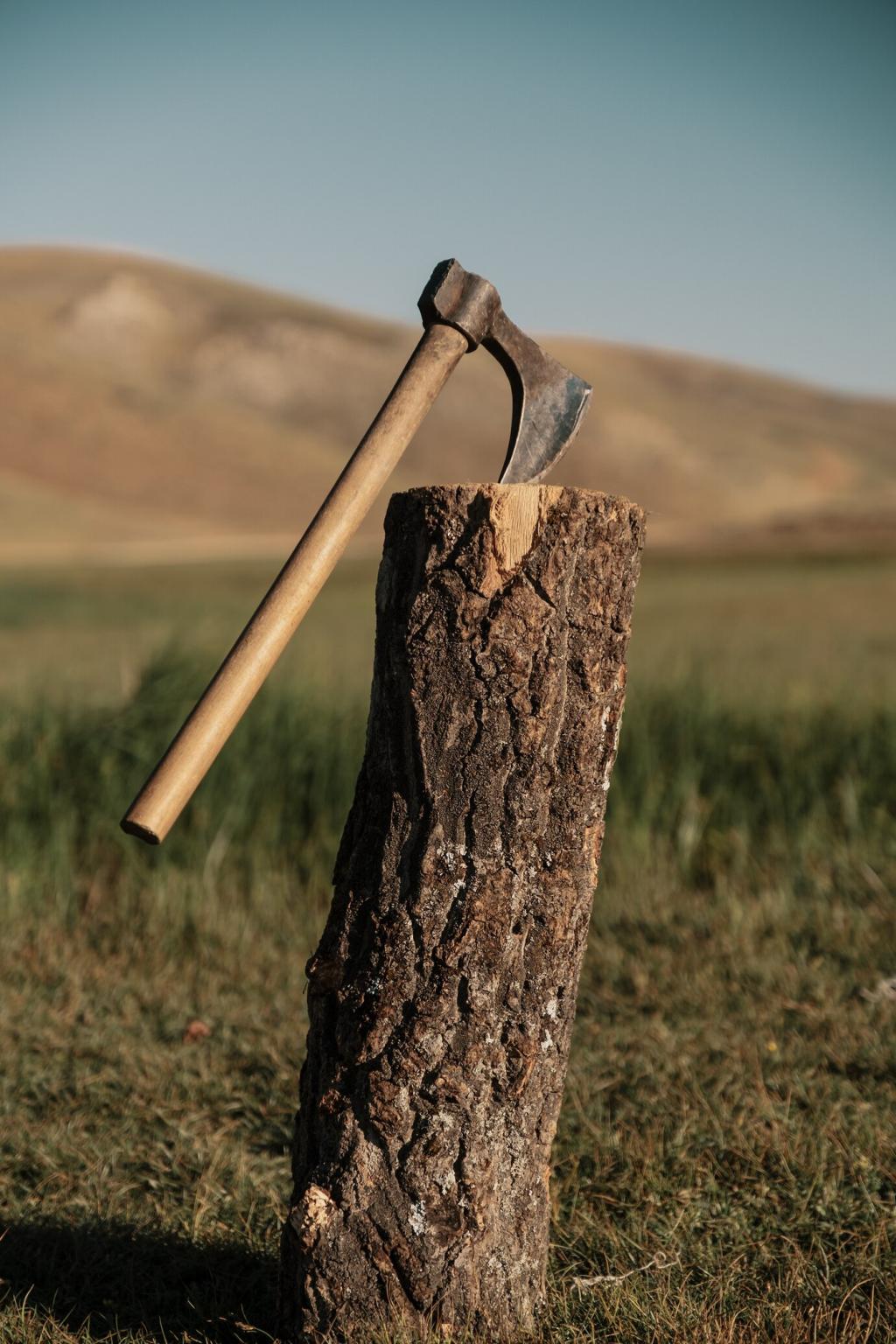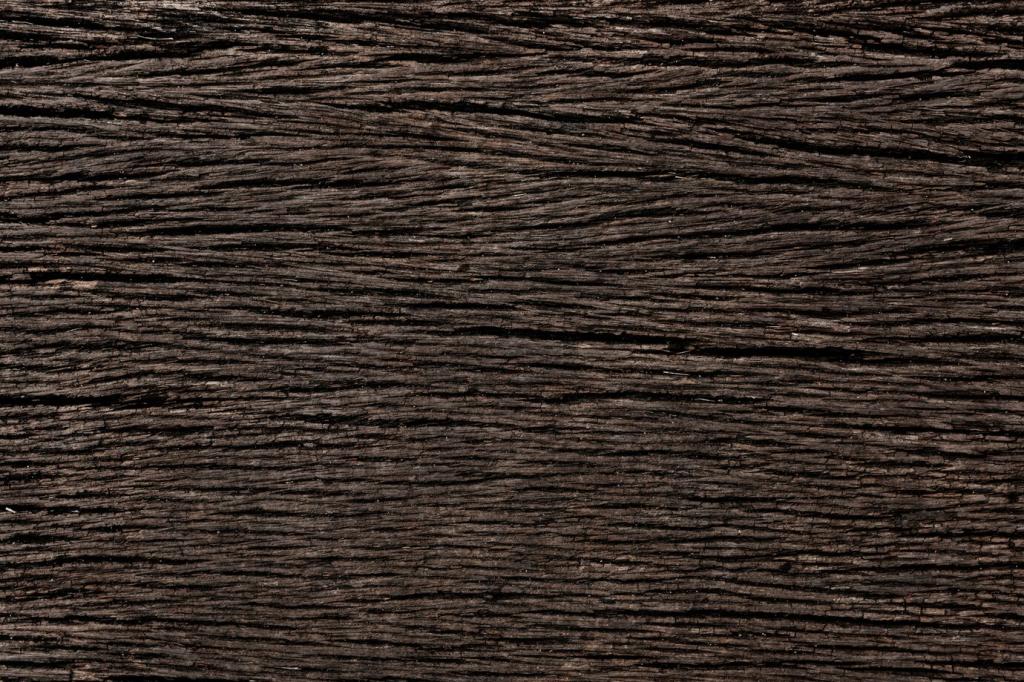Ethics and Conservation in Macro Practice
Avoid chilling or glueing insects, pruning flowers for convenience, or destroying habitat for a cleaner background. Work with patience and observation. If a subject leaves, let it go and wait for another moment. How do you set boundaries in the field?
Ethics and Conservation in Macro Practice
Plant native species, leave leaf litter for overwintering insects, and keep a pesticide-free zone. A shallow water dish with pebbles becomes a safe drinking spot. Your garden grows photographs. Share a photo of a habitat corner you cultivated for macro visitors.


